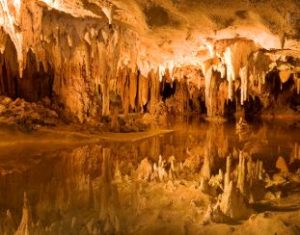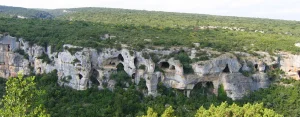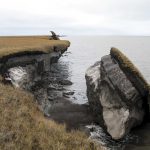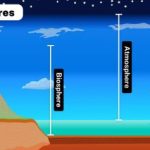What is Groundwater?
All water occuring beneath the ground surface is called “groundwater”. It has been estimated that the volume of water in the upper 0.8 kilometer of the continental crust is nearly 20 times greater than the combined volume of water in all lakes and rivers. The chief source of the groundwater is the downward percolation of the rainwater (meteoric water). Some groundwater may also be derived from juvenile water and connate water. The juvenile water is the term used for magmatic water, while connate water is that water, which was entrapped in the sedimentary rocks during their deposition.
Hydrological Cycle
The Hydrological Cycle is a simplified description of how water moves from one place to another and how much is transported. The water in the atmosphere condenses to form clouds and then falls as rain or snow. the rain water is divided into four parts.
- Much of the rain soaks into the ground by “infiltration” and forms groundwater.
- Another part flows over the surface as “runoff” and finds its way into rivers. Ultimately it reaches the sea.
- Some of the water in the ground returns directly into the atmosphere by “evaporation”.
- Another part is absorbed by plant roots. It is carried up to leaves and reused to the atmosphere by transpiration.
Some of the groundwater may come out upon the surface again as springs or through wells but a large part of it reaches the sea through underground circulation. From the sea, the water is again drawn into the atmosphere by evaporation thereby completing the hydrological cycle.
Erosion carried out by Groundwater
The groundwater does erosional work mainly by solution. The physical erosion is negligible as the groundwater moves very slowly through bedrock. The erosive action of groundwater is most conspicuous in regions where easily soluble rocks, especially limestones, underlie the surface. The water charged with carbon dioxide dissolves limestone very easily. The common solution structures found in limestones are as follows.

These are funnel-shaped hollows of varying sizes, which are made in the carbonate rocks by the solvent action of groundwater. A sinkhole may form when a cavern roof collapse or it may develop slowly as the material is dissolved and carried away in solution. In regions with many sinkholes, streams are often absent as following a rainfall, most of the runoof is funneled below the ground.
Caverns:

The tunnels and underground chambers, which are formed in limestones by the solution of rock by groundwater are called “caverns”. These stand without collapsing the roofs. Joints are the natural avenues through which groundwater moves. The dissolution of the rock gradually enlarges the joints and produces a complex system of caverns. The caverns are believed to have formed at or just below the water table. the stream’s water may sometimes flow through these underground cavers.
Solution Valleys: “Solution Valleys” can refer to a geological formation. In geology, they are valleys formed by the dissolution of soluble bedrock, typically limestone, by slightly acidic water. With a continued solution of the limestones, the closely-spaced sinks and solution basins are enlarged into a big valley called “solution valley”.
Karst Topography: The irregular terrain produced largely by the underground solution of limestones, is called ”Karst Topography”. The Karst topography is characterized by numerous sinkholes, caverns, grottos, and tunnels. This topography is developed in humid climate.

Stylolites: Stylolites are rough, and serrated surfaces within rocks, from where the mineral materials have been dissolved away by pressure and solutions. It results in reduction of the rocks volume. They are commonly found in sedimentary rocks, particularly limestones, and are often marked by a concentration of insoluble residue, like clays and oxides. When groundwater percolates through bedding plains of limestones, the more soluble parts are dissolved easily leaving the less soluble parts as ridges. In adjacent beds, these ridges project into each other forming a zig-zag line along the junction of the bedding plain. Such a structure is called ” Stylolites”.
Other posts you may likes;


Leave a Reply